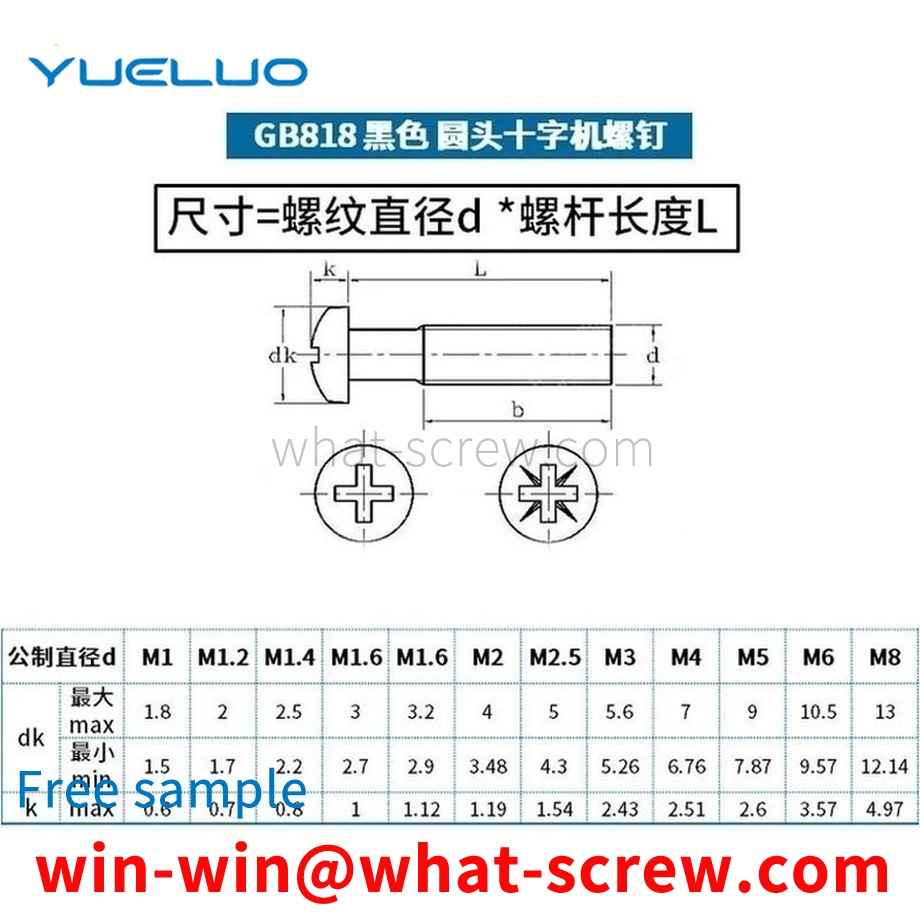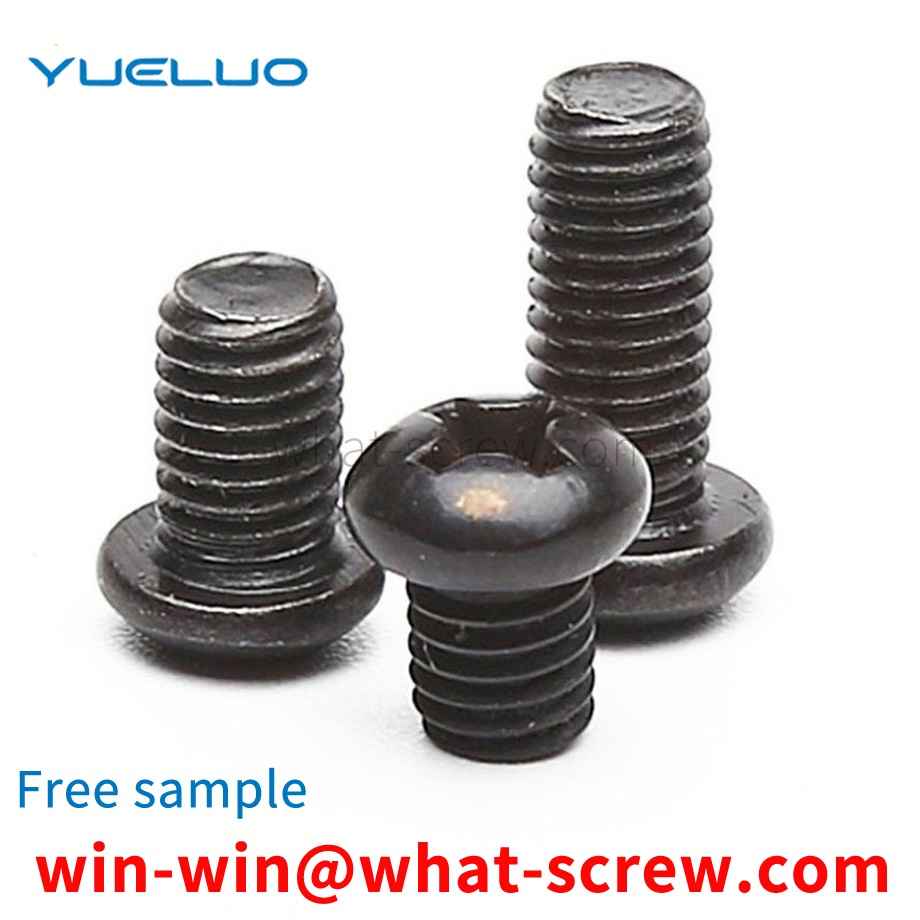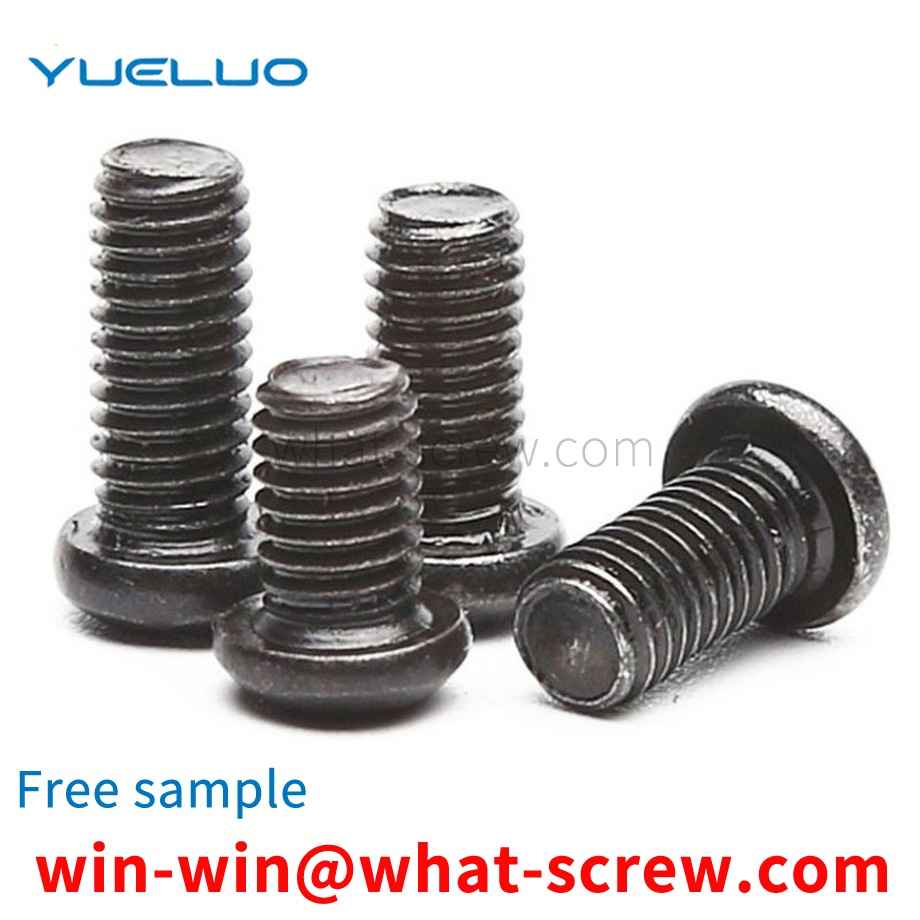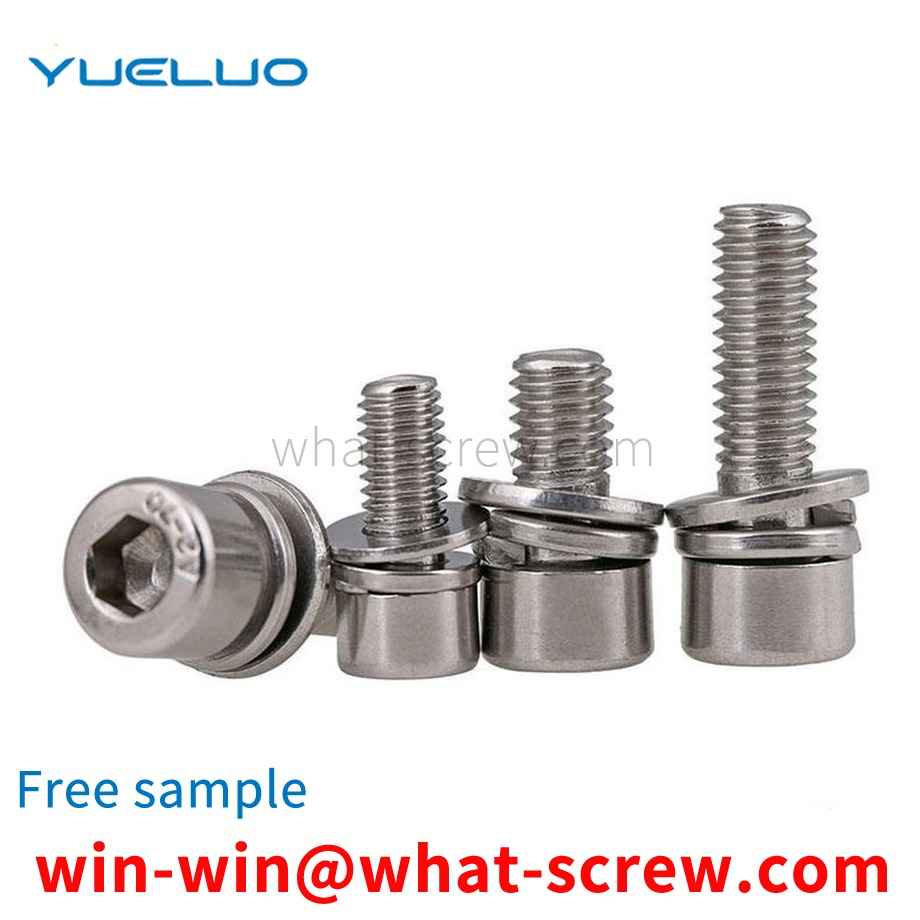What is the tolerance range of precision screws?
What is the tolerance range of precision screws?
Service Hotline
+86760-8787 8587We have more than ten years of production experience in the screw industry, the main products are: copper embedded parts copper knurled nuts, multi-specification flange bolts, solid rivets, white zinc external screws, snap ring washers for holes, corrosion-resistant screws, bottom hole 7.2 Outer diameter, high carbon steel screws, lifting ring screws, bolts and nuts, solid rivets, outer hexagon lifting bolts, self-locking screw caps, GB6712 thin nuts, blind hole pressure riveting nuts, extra thick and thick nuts and other fasteners, due to the product material Different specifications and different prices, please contact us if necessary.


Generally, the countersunk head is used in places where the surface is required to be smooth without protrusions, because the countersunk head can be screwed into the part. Round heads can also be screwed into parts. The tightening force of the square head can be larger, but the size is large. In addition, in order to meet the needs of locking after installation, there are holes in the head and holes in the rod. These holes can prevent the bolts from loosening when they are vibrated. Some bolts without threads should be made thin, called thin-waisted bolts. This kind of bolt is beneficial to the connection under variable force. There are special high-strength bolts on the steel structure, the head will be larger, and the size will also change. In addition, there are special uses: for T-slot bolts, which are most used on machine tool fixtures, with special shapes, and both sides of the head should be cut off. Anchor bolts, used for machine and ground connection and fixing, come in many shapes. U-bolts, as previously described. and many more. There are also special studs for welding. One end has a thread and the other end is not. It can be welded to the part, and the other side can directly screw the nut.

Usually, the pumped storage unit adjusts the opening of the guide vane through the movable guide vane to control the power generation output and the pumping head of the unit. The torque of the guide vane rotation depends on the relay to act on the control ring, and the torque is transmitted to the guide vane rotating shaft through the connecting rod and the arm. The torque transmission between the crank arm and the rotating shaft all acts on the pin located between them. When the unit is overhauled, it is necessary to remove the pin between the arm and the rotating shaft of the guide vane in advance when it comes to the replacement of the guide vane. However, due to the special position of the pin and the limited inspection space, the conventional method is not only time-consuming and laborious, but also has the risk of damaging the pin. Maintenance work brings inconvenience.


The conventional auger bit structure 1 includes a rod body 11, a screw head 12 provided on one end of the rod body 11, a drill tail 13 provided on the other end of the rod body 11, and a plurality of threads 14 arranged around the rod body 11; Wherein, the periphery of the drill tail 13 defines a parting line 15, and the parting line 15 makes the drill tail 13 symmetrically divided into a side 131 and a side 132, and a cutting end 133 is formed at the junction of the end of the side 131 and the end of the side 132, respectively. The cutting end 133 is concavely provided with a quarter-turn chip flute 134 in the same direction of the helix, and the edge 132 continues the chip flute 134 and has a quarter-turn chip flute 135 with different helical curvatures. , by connecting the chip groove 134 and the chip groove 135 through different helical curvatures, the drill tail 13 can form a symmetrical and complete chip groove of 189 degrees.

The gasket side of the above-mentioned nut assembly is in contact with the mounting surface. When the nut is tightened, the gasket squeezes the outer cone surface to make it shrink, and the cone tip faces the same direction as the nut, thereby preventing the nut from tightening, so that the nut fixing effect is not good, and at the same time When multiple nuts need to be superimposed and fixed, two adjacent nuts cannot interact with each other, resulting in poor fixing effect.

The above content is uploaded by Yueluo or the Internet. If there is any copyright issue, please contact [email protected].

What is the tolerance range of precision screws?

How to choose the right stainless steel screw manufacturer?

Why is there an R angle under the head of the hexagon head s...

We have more than ten years of production experience in the ...

We have more than ten years of production experience in the ...

We have more than ten years of experience in screw industry ...

We have more than ten years of experience in screw industry ...